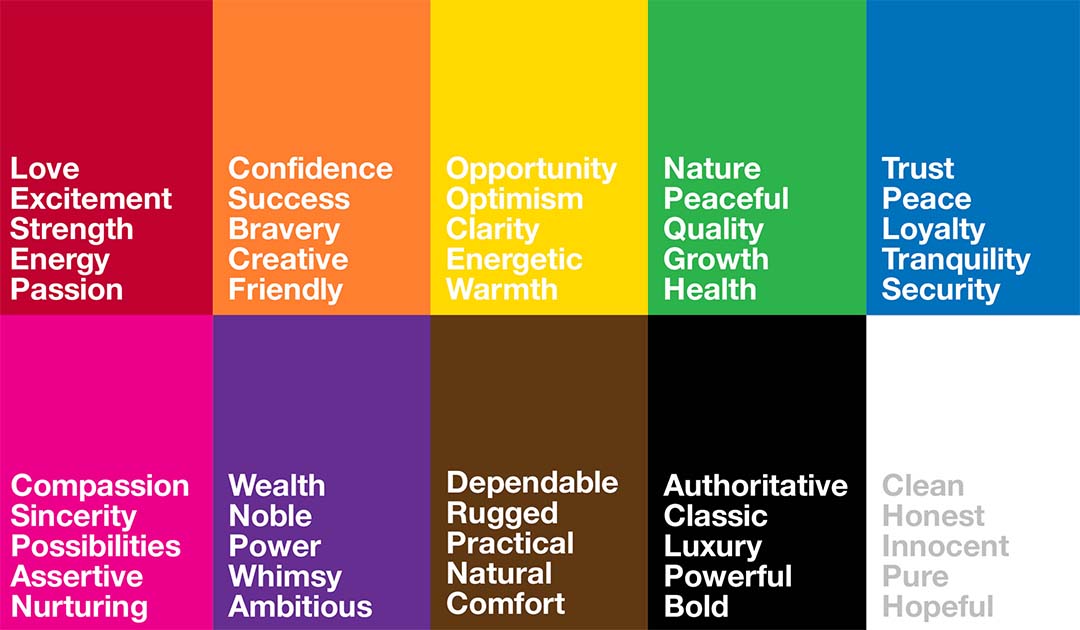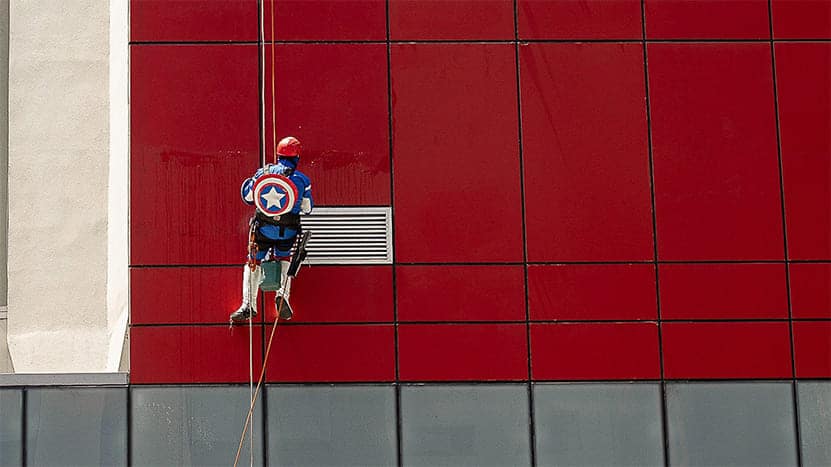Tips on Using Your Brand Archetype. We’ve spoken a lot about personality and how it connects your brand with target audiences. A brand archetype identifies the personality you want so that your target audience relates to your brand. A brand archetype goes much further than a stereotype, because it provides a framework for expanding your brand personality, consistently, across different channels. Picking an archetype can be fascinating and a bit of fun. The success of your archetype is in the implementation. Are you actually using brand archetypes, or just letting it sit quietly on a shelf?
Take a look at some archetypes we use.

Don’t forget that archetypes aren’t literal descriptions of WHAT your brand does or offers, but HOW you communicate and relate to your target audience.
Words & Copy
Let’s consider how you might use an archetype in a simple email. Perhaps you send a thank you email after people download a lead magnet. Perception is creating by the culmination of all contact and every touchpoint that you have with your target audience. Did you consider that perception can be influenced by basic emails such as this one? How might your archetype come into play when writing basic copy? Generic copy might sound something like “Thank you for downloading our lead magnet. We hope you enjoy reading it.” That’s a bit boring, right?
Try on your personality for size. The best way to find out what works for your target audience is to test and compare different options.

This is not a one-size-fits-all approach. Try different examples. Use different examples. The best way to find out what works for your target audience is to test and compare different options.
Color
Color has personality. Sometimes, this makes folks nervous. Some colors feel safer than others: do bold and bright colors really work? ABSOLUTELY, if it fits your archetype!
Take a look at this chart on color

Did you notice the color that we associated with Caregiver and Hero?

That’s not coincidence! Purple is often used to calm and soothe, which is fitting for the Caregiver personality. Do you want a Hero who is trustworthy and strong? Blue shares that personality. One word of caution: this does NOT mean that only those colors can be used for those personality types. As we’ve said before, brand color isn’t a pick-by-number (or archetype) exercise. Don’t be afraid to explore combinations of colors. TIP: To see how well a color scheme works with your copy, print some of your written content on different colors of paper. Does it affect how you read it?
Customer Experience
What is your target audience’s full experience with you? Did you map the full customer journey? What’s between the “tent poles”? Is there something that you can do to fill in those gaps for what a customer needs?
How would a Caregiver or a Hero improve the customer experience? Consider our example in this blog post with Zipcar: what does a client need when using your brand? Zipcar realized that its target audience needed more than a car rental, but the all-included convenience of gas, insurance, and tolls: is that a Caregiver or Hero? (Sounds a bit like both to us).
Perhaps a Caregiver archetype also provides quicker access to a live person.Perhaps a Hero sends out encouraging, slightly pushy, reminders for programs and webinars. Would a Hero bravely ask for feedback from its target audience after a webinar and then follow through?
Images
Images can include photography, animation, graphics, and video. We’ve written about how to pick stock photography that doesn’t feel like stock imagery. How do you follow an archetype? Liberators can feel a little aggressive, but if that’s your archetype that resonates with a target audience, then look for those images.
Would something like this fit on the website of a Caregiver? Or do you think this is more appropriate for a Hero archetype?

Pay attention to what feelings an image conveys. What adjectives and feels come to mind with images of extreme environments? Athletes in motion? Images that show rapid movement, whether cars or animals? What do you feel when you see a photo of people rebuilding after a disaster? Photos of a fireman carrying a child out of a burning house? Ask someone who isn’t invested in your brand how they feel when they see your images. Do those feelings match the personality you want to create?
Summary
You’ve got personality. Use it. Explore different ways of using brand archetypes to see what really works for your target audience. Running a Facebook or social media ad? Try some different combinations of words and images to see what really lands the best. Don’t be afraid to mix it up.







